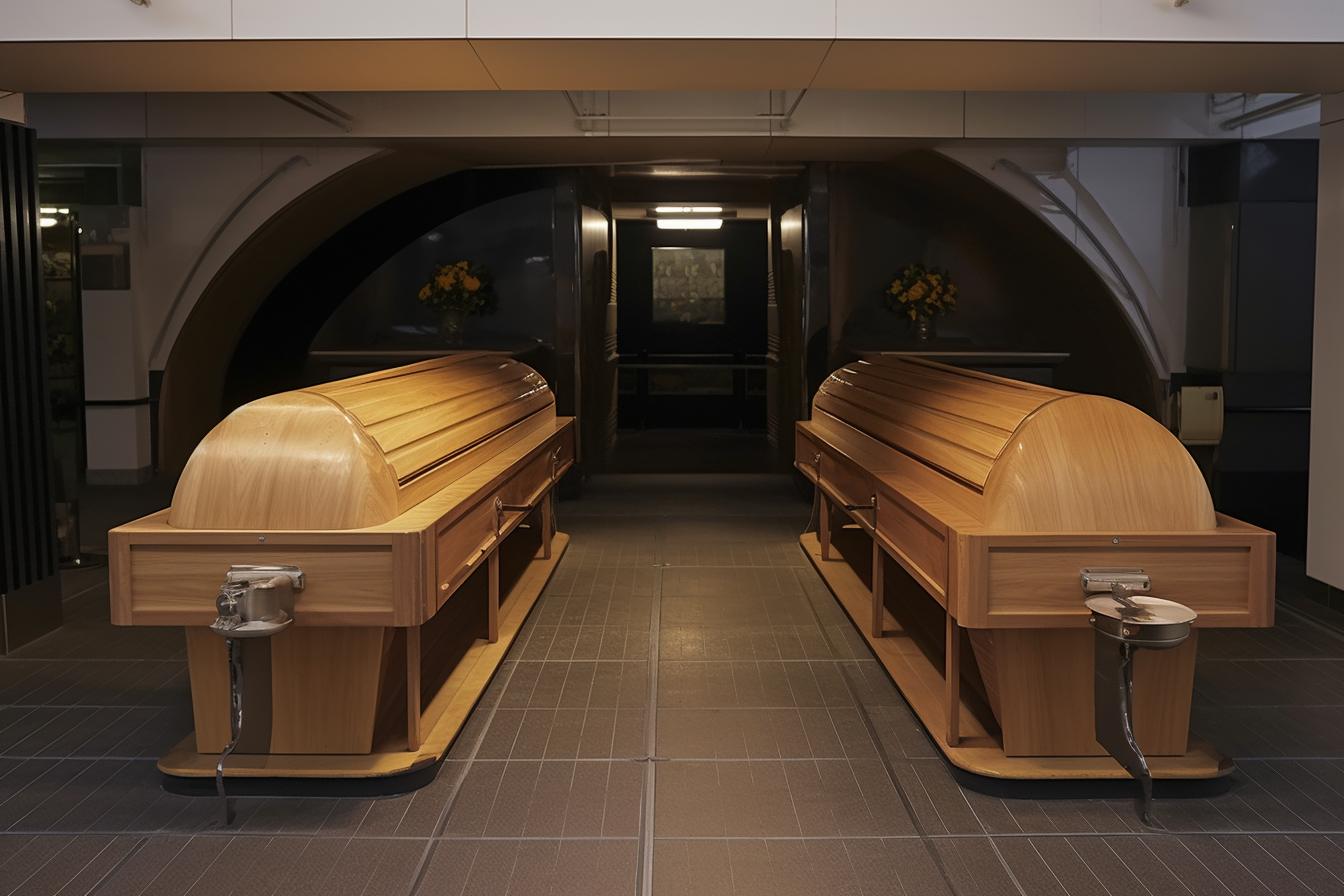Cremation in 2025: A Guide to the Process and Associated Costs
Cremation continues to grow as a preferred end-of-life option for many families seeking simpler, more affordable alternatives to traditional burial. As we look toward 2025, understanding the cremation process, its evolution, and the various cost factors involved can help families make informed decisions during difficult times. This comprehensive guide explores what to expect from cremation services, how they've changed over time, and what costs you might encounter when planning this type of final arrangement.

Cremation has steadily increased in popularity over recent decades, with projections showing this trend continuing through 2025. This shift reflects changing attitudes toward end-of-life arrangements, environmental considerations, and financial practicality. As more people choose cremation, the services and options available have expanded significantly, offering families greater flexibility and personalization opportunities than ever before.
What Is the Cremation Process?
The cremation process involves several carefully managed steps that transform human remains into cremated ashes (technically called cremated remains or “cremains”). The process begins with identification verification and necessary authorizations. The body is then prepared and placed in a combustible container before entering the cremation chamber, also known as a retort.
Inside the chamber, temperatures reach between 1,400-1,800 degrees Fahrenheit, reducing the body to bone fragments through thermal decomposition. This process typically takes 1-3 hours depending on various factors including body size and the cremation equipment used. Afterward, the remaining bone fragments are processed into a fine, sand-like consistency that families receive as cremated remains.
Modern cremation facilities in 2025 employ advanced technology that ensures efficiency while minimizing environmental impact. Many now utilize filtration systems that significantly reduce emissions compared to older cremation methods.
How Have Cremation Services Evolved?
Cremation services have undergone remarkable transformation over recent decades. What was once a relatively simple, utilitarian process has developed into a comprehensive range of options that accommodate diverse cultural, religious, and personal preferences.
Digital innovation has particularly influenced cremation services, with many providers now offering virtual memorial services, online planning tools, and digital legacy preservation options. Environmental consciousness has also driven evolution in the industry, with the development of water cremation (alkaline hydrolysis) and other eco-friendly alternatives gaining traction as we approach 2025.
Personalization represents another significant evolution. Today’s cremation services frequently include options for custom urns, memorial jewelry containing small portions of cremated remains, and even transforming ashes into memorial diamonds or incorporating them into artificial reefs. These developments reflect a broader cultural shift toward celebrating individuality even in end-of-life arrangements.
What Factors Influence the Cost of Cremation Services?
Several key factors determine the final cost of cremation services. Understanding these variables can help families budget appropriately and make informed decisions about which services best meet their needs and financial circumstances.
The type of cremation selected significantly impacts cost. Direct cremation (cremation without a viewing or ceremony) typically costs considerably less than full-service cremation that includes elements like viewings, memorial services, and more elaborate caskets or containers. Geographic location also plays a major role, with urban areas generally commanding higher prices than rural regions due to operational costs and market dynamics.
Additional services and products represent another cost variable. These might include transportation fees, death certificates, obituary publications, urns, memorial jewelry, and facility rental for services. Timing can also affect pricing, with expedited cremations sometimes carrying premium charges.
How Much Does a Simple Cremation Typically Cost?
Simple cremation, often called direct cremation, represents the most basic cremation option available. This service includes only the essential elements: transportation of the deceased, necessary paperwork, the cremation process itself, and return of the cremated remains in a basic container.
In 2025, direct cremation costs typically range from $700 to $2,500 nationwide. This wide variation reflects regional differences in operating costs, local regulations, and market competition. Urban areas tend toward the higher end of this range, while rural locations often offer more affordable options. Some states have significantly higher average costs due to regulatory requirements or limited competition among providers.
Many families appreciate that direct cremation allows them to plan memorial services independently, potentially saving thousands of dollars compared to traditional funeral arrangements while still creating meaningful commemoration opportunities.
What Are Full-Service Cremation Prices?
Full-service cremation combines cremation with many traditional funeral elements, offering a more comprehensive approach to memorialization. These packages typically include services like body preparation, viewing or visitation periods, a funeral ceremony before cremation, transportation, and sometimes more elaborate containers or caskets.
| Service Type | Provider Example | Estimated Cost Range (2025) |
|---|---|---|
| Direct Cremation | Neptune Society | $1,000-$2,500 |
| Basic Cremation with Memorial | Dignity Memorial | $2,500-$4,000 |
| Full-Service Cremation | National Cremation | $3,500-$7,000 |
| Premium Package (with viewing) | Service Corporation International | $5,000-$10,000 |
Prices, rates, or cost estimates mentioned in this article are based on the latest available information but may change over time. Independent research is advised before making financial decisions.
The higher cost of full-service cremation reflects the additional professional services, facility usage, and merchandise included. Many providers offer tiered packages that allow families to select the level of service that aligns with their preferences and budget. Some families opt for a middle-ground approach, choosing a simple cremation followed by a separate memorial service organized independently.
When comparing full-service cremation with traditional burial, cremation typically remains more economical even with added services. This cost difference primarily stems from eliminating expenses related to cemetery plots, grave opening/closing fees, and costly burial vaults or markers.
As cremation continues to grow in popularity through 2025, understanding both the process and associated costs helps families navigate these important decisions with confidence. The wide range of available options ensures that cremation can be tailored to honor individual preferences while accommodating various financial situations. Whether choosing direct cremation for its simplicity and affordability or opting for full-service arrangements with traditional elements, families now have unprecedented flexibility in creating meaningful farewells for their loved ones.




